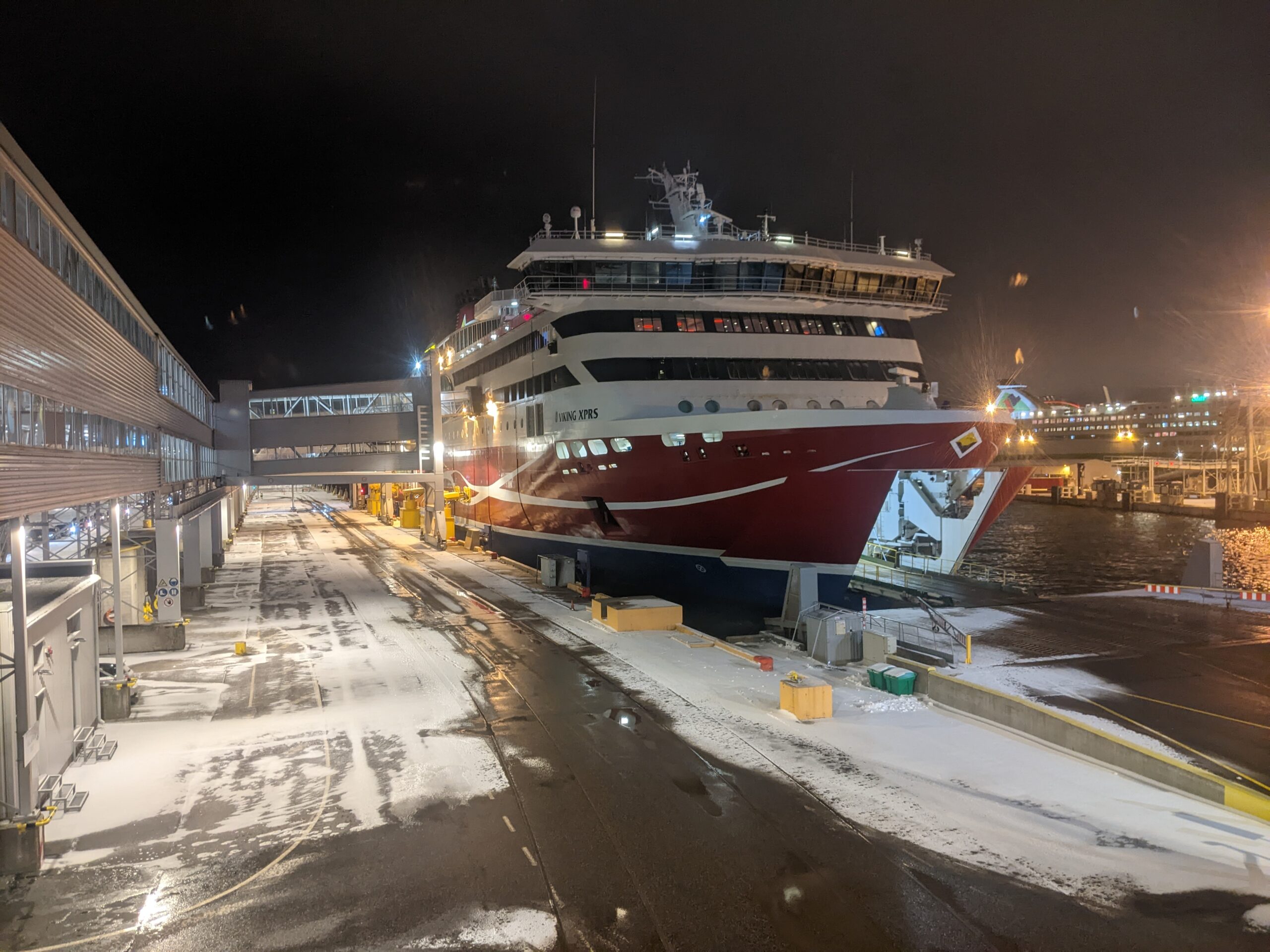Hello again. Shifting away from the previous two posts that were focused on Estonia, we’re now looking just a little bit to the north. Having now experienced all the available options as a passenger, this post will contain my explainer of ferries between Tallinn and Helsinki, separated by 82 km of water in the Gulf of Finland.
Modern passenger ferry operations between the two capitals began a few years before the collapse of the USSR, as restrictions on international travel were eased. The service grew more popular as both Finland and Estonia joined the EU and border checks between the two nations were scrapped. Today, the service is operated by 3 different ferry companies all with several departures per day. Culturally the service is significant for people on both sides of the gulf, as Estonians commute to Finland to perform manual labour for higher wages than they would get in Estonia, and Finns visit Tallinn to buy cheaper alcoholic beverages, although the price gap has narrowed in recent years. This blog post will detail several aspects of the passenger experience and will compare the three operators in aspects such as port terminal facilities, frequency and on-board experience.
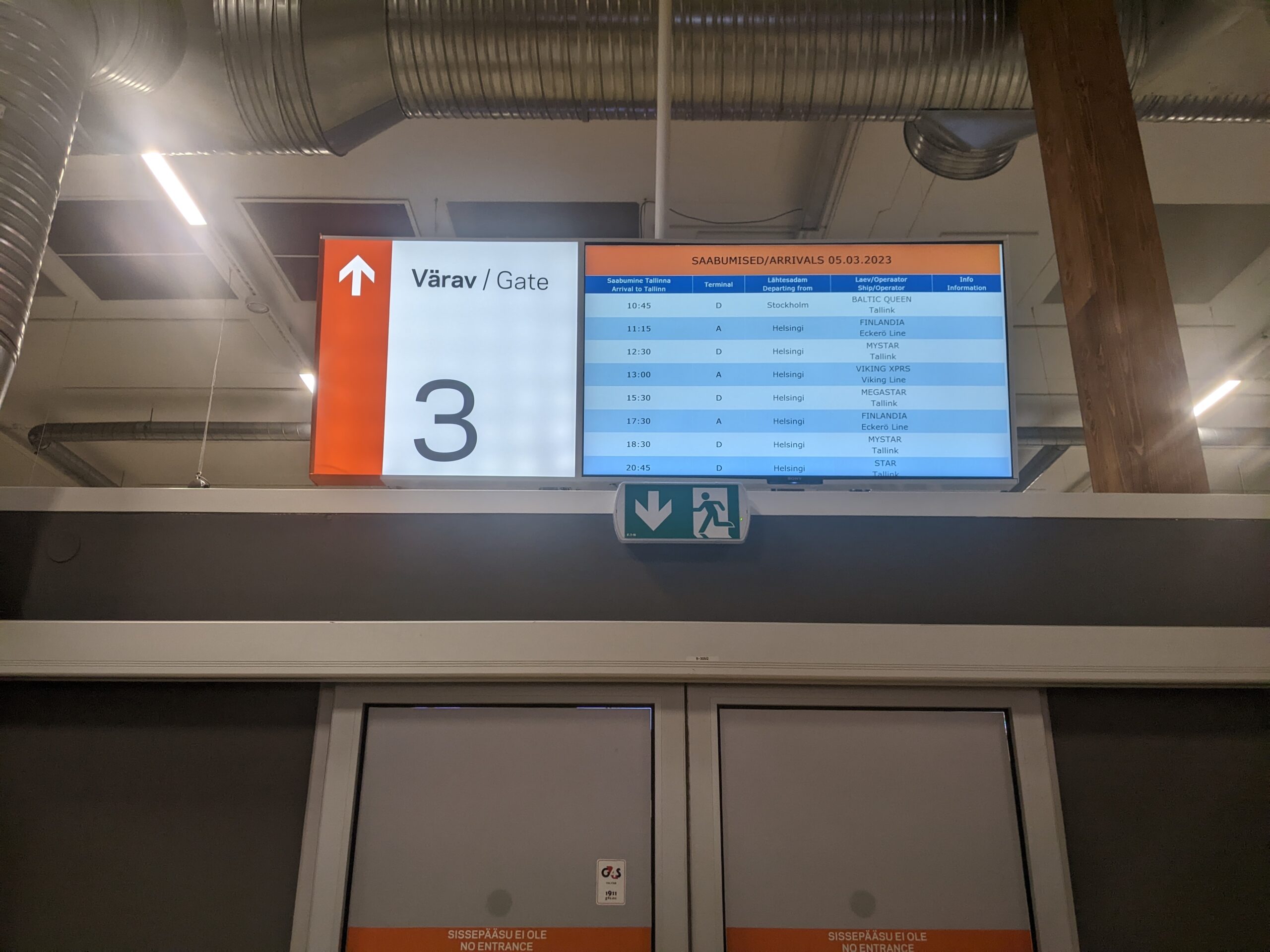
Tallink
Tallink is a shipping company based in Estonia who operates the most frequent service between Tallinn and Helsinki, with 3 passenger ferries as well as one cargo ship, which is out of scope of this post.
Two of Tallink’s newest vessels, M/S MyStar and M/S Megastar provide the bulk of Tallink’s service on this route, with a total of six departures in each direction with 3 hour intervals, every day with some exceptions. The ships share a similar interior design layout: just decks 8 and 9 are dedicated for passengers, with all lower decks being mainly for cars. While this may give the impression that passenger space is limited, this is actually not the case. The decks feature several cafes and restaurants, all of which have vast amounts of seating around them. For those looking for a more secluded area, there is the Sitting Lounge on deck 9 on both ships, with airline-style high back seats with tables and power sockets. This is where I would usually sit during the 2 hour journey – the fastest scheduled time of the 3 companies. Both ships also feature a Burger King restaurant and of course the Traveller Superstore, a shop spanning the stern of deck 8 and extending into deck 7 carrying all kinds of consumer goods, most importantly several kinds of exotic snacks and sweets.
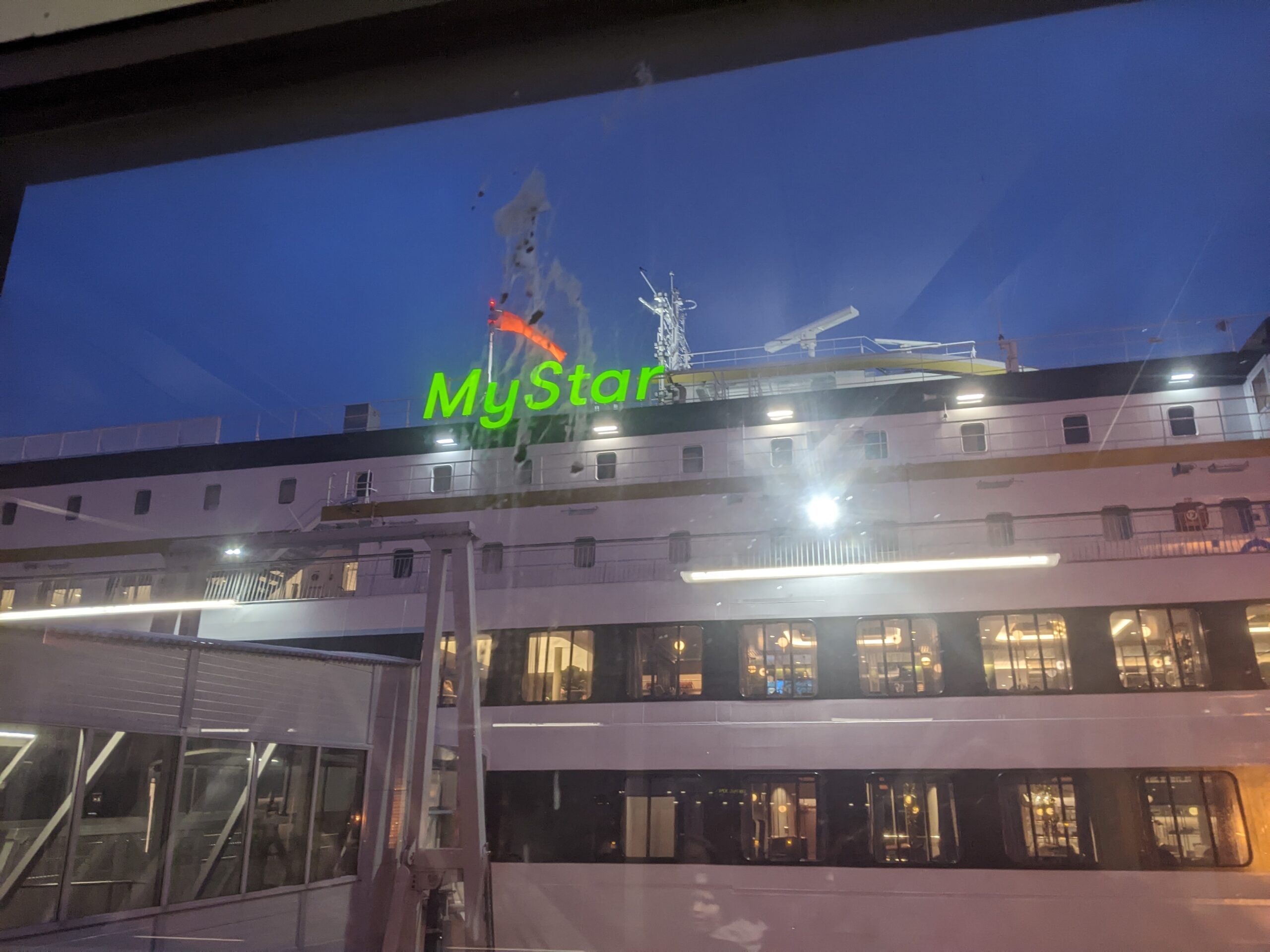
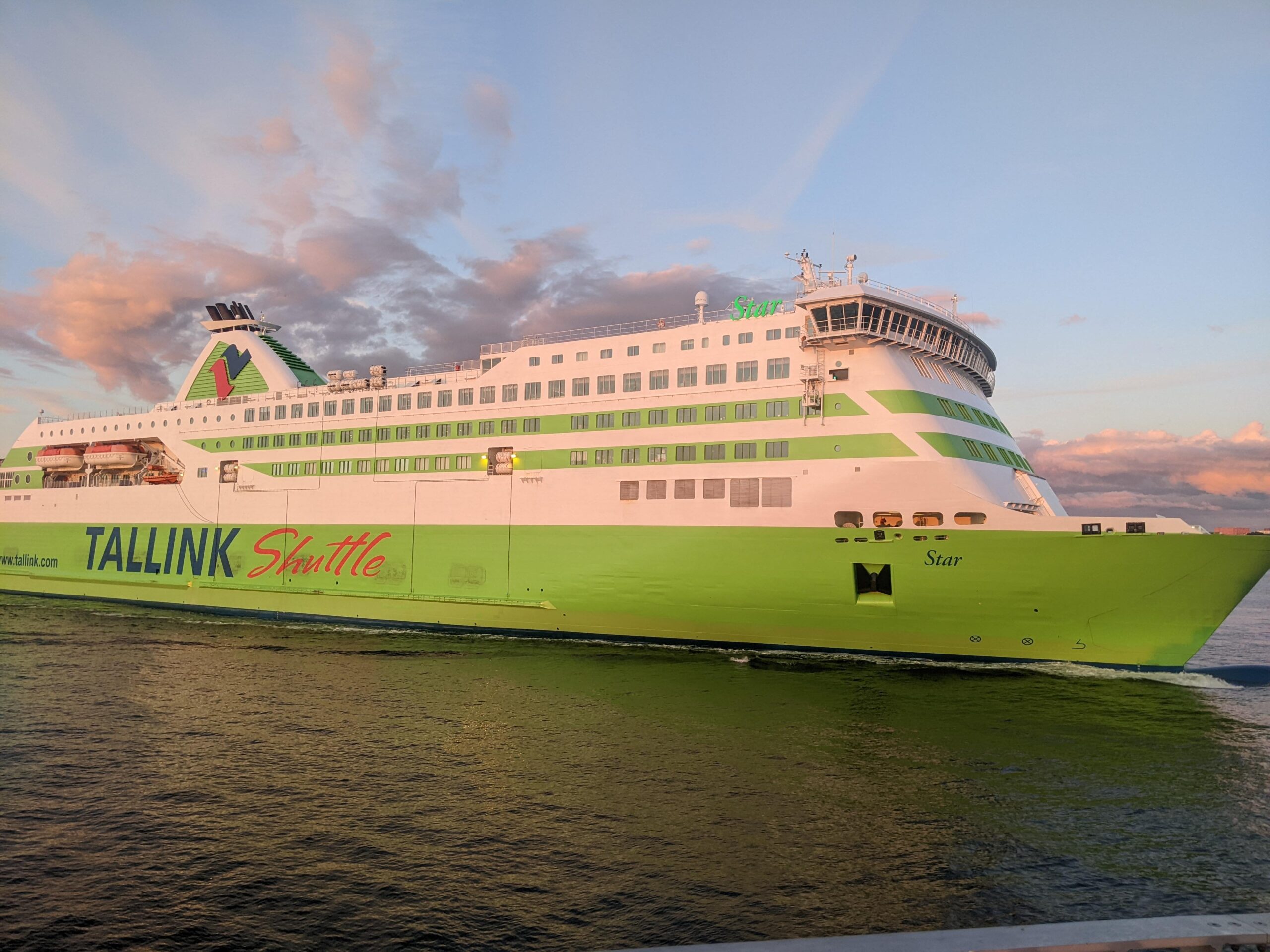
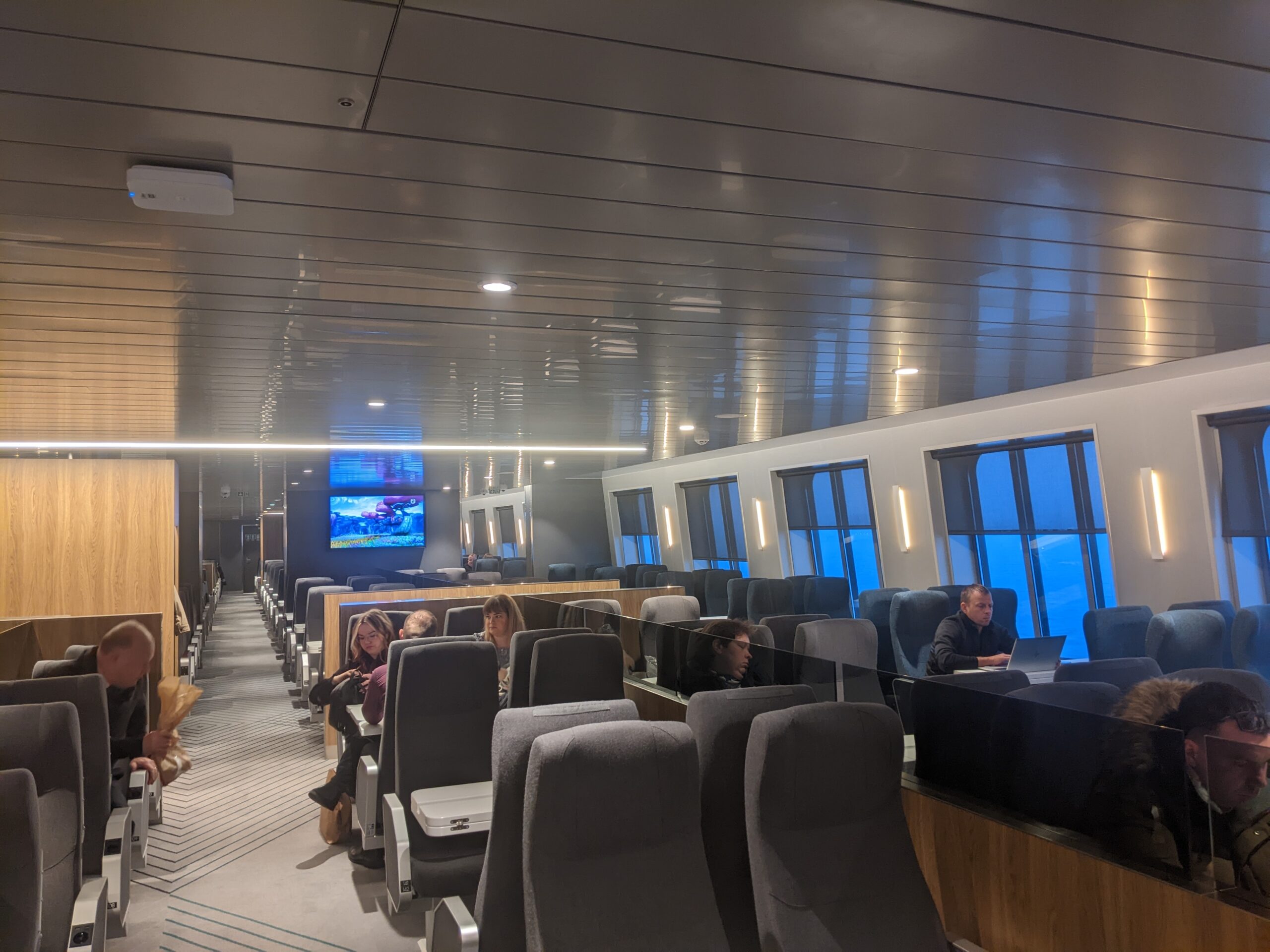
Eckerö Line
Eckerö Line is a Finnish shipping company who has operated the route since 1994. They are generally seen as the budget option and from what I’ve seen their prices are generally lower than the competition. Eckerö Line uses just one ship on this route: M/S Finlandia, built in 2001 by Daewoo of South Korea. This ship’s most prominent feature are the two large windows at the front of decks 7 and 8. Bar Nosturi is located at that part of the ship across the two decks, with a stage at the front and seating in rows around it. There’s also a children’s play area here, so it can get quite loud as well. The rest of deck 7 is dedicated for cabins with deck 8 having the rest of the public seating areas, including a restaurant, another bar and a few pubs. Deck 6 has a shop at the front and the rest is once again dedicated for cabins. Of course, due to the large windows at the front, Bar Nosturi is deemed prime real estate when it comes to seating on Finlandia, but I’ve found that the windows are quite dirty so you don’t actually see a whole lot. Once again I must make an honourable mention of M/S Superstar, Finlandia’s sister ship operated by Tallink until 2017, which featured the same large windows but extended to deck 6 as well and with much thinner pillars between them.

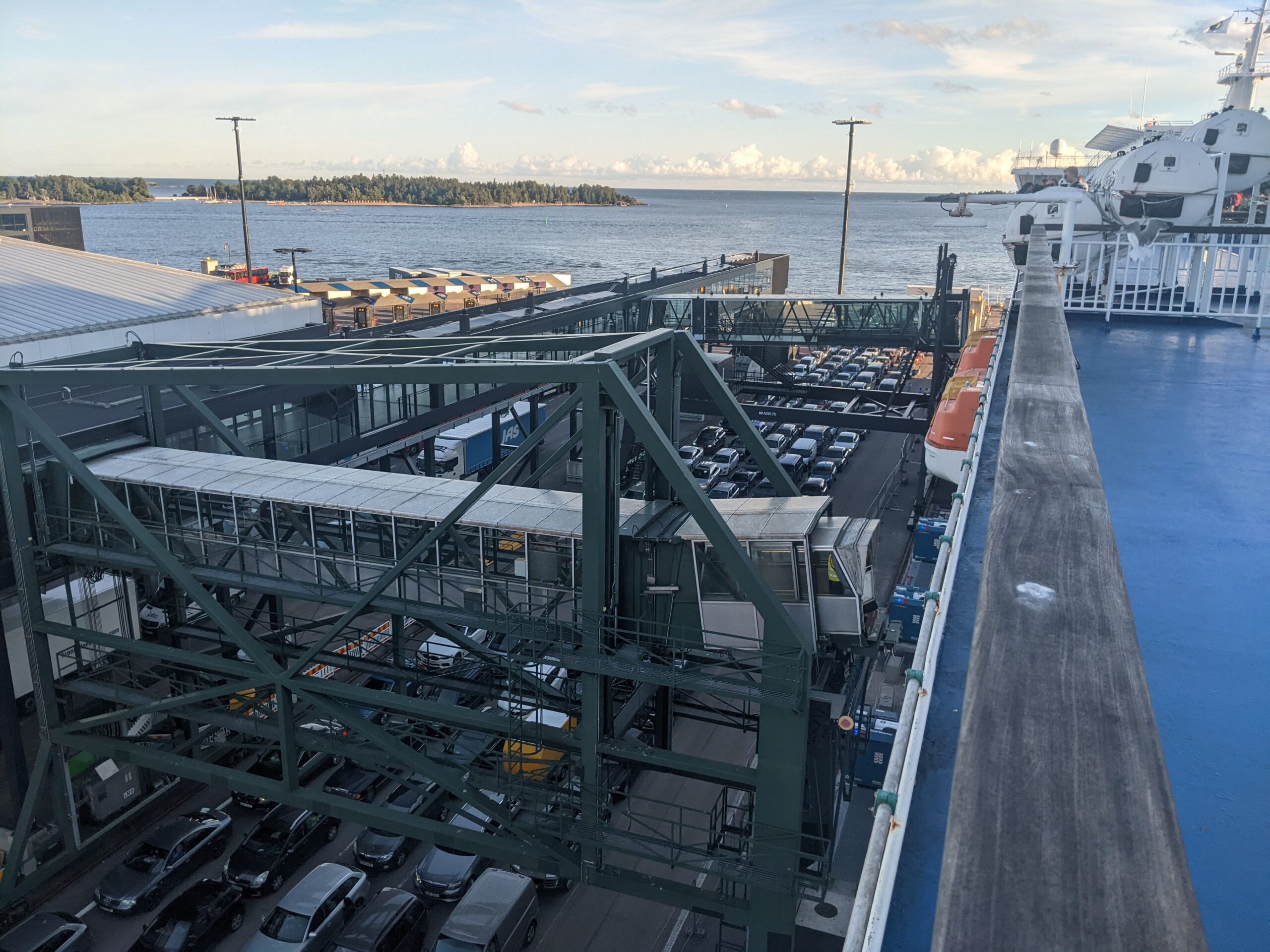
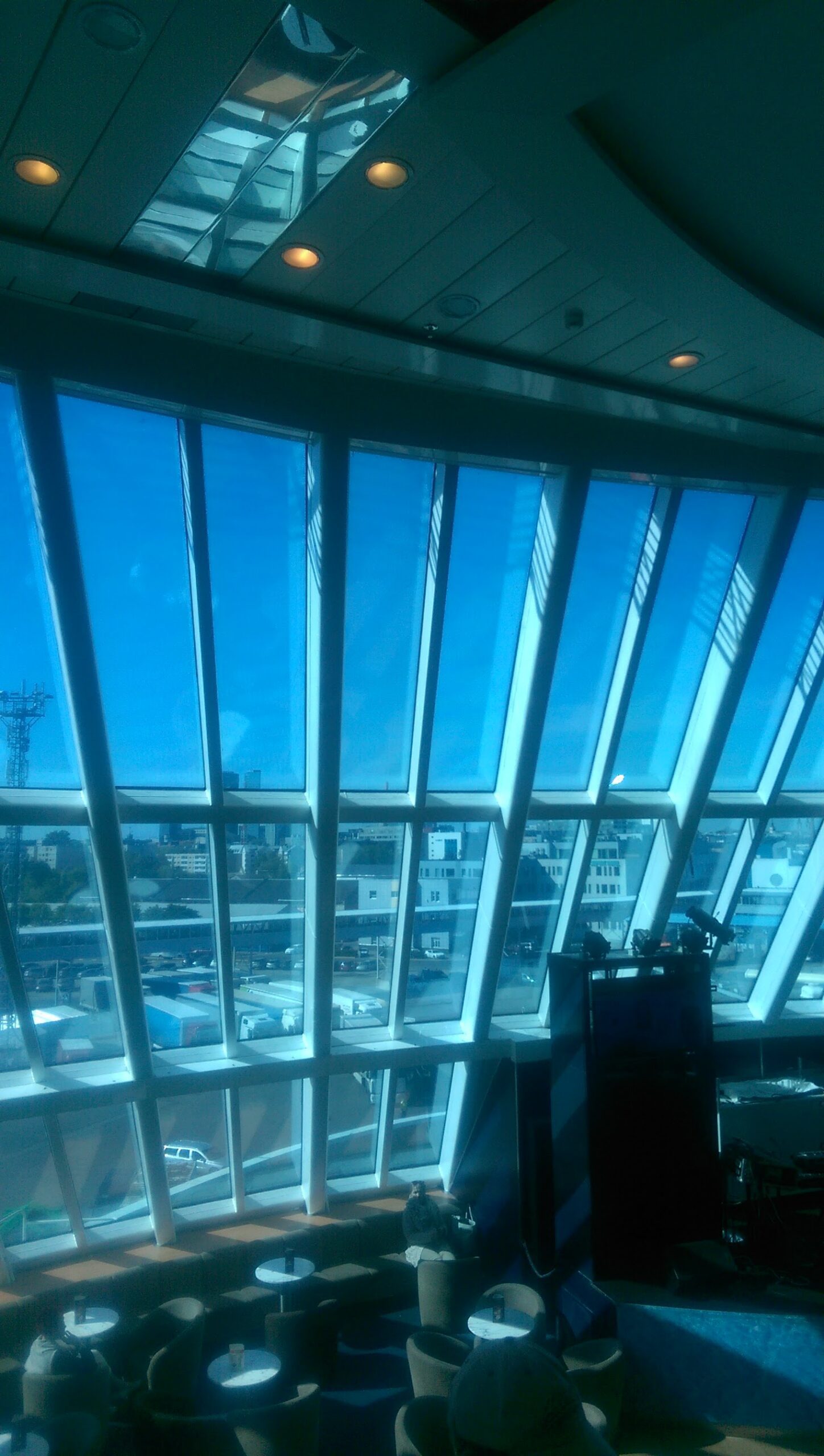

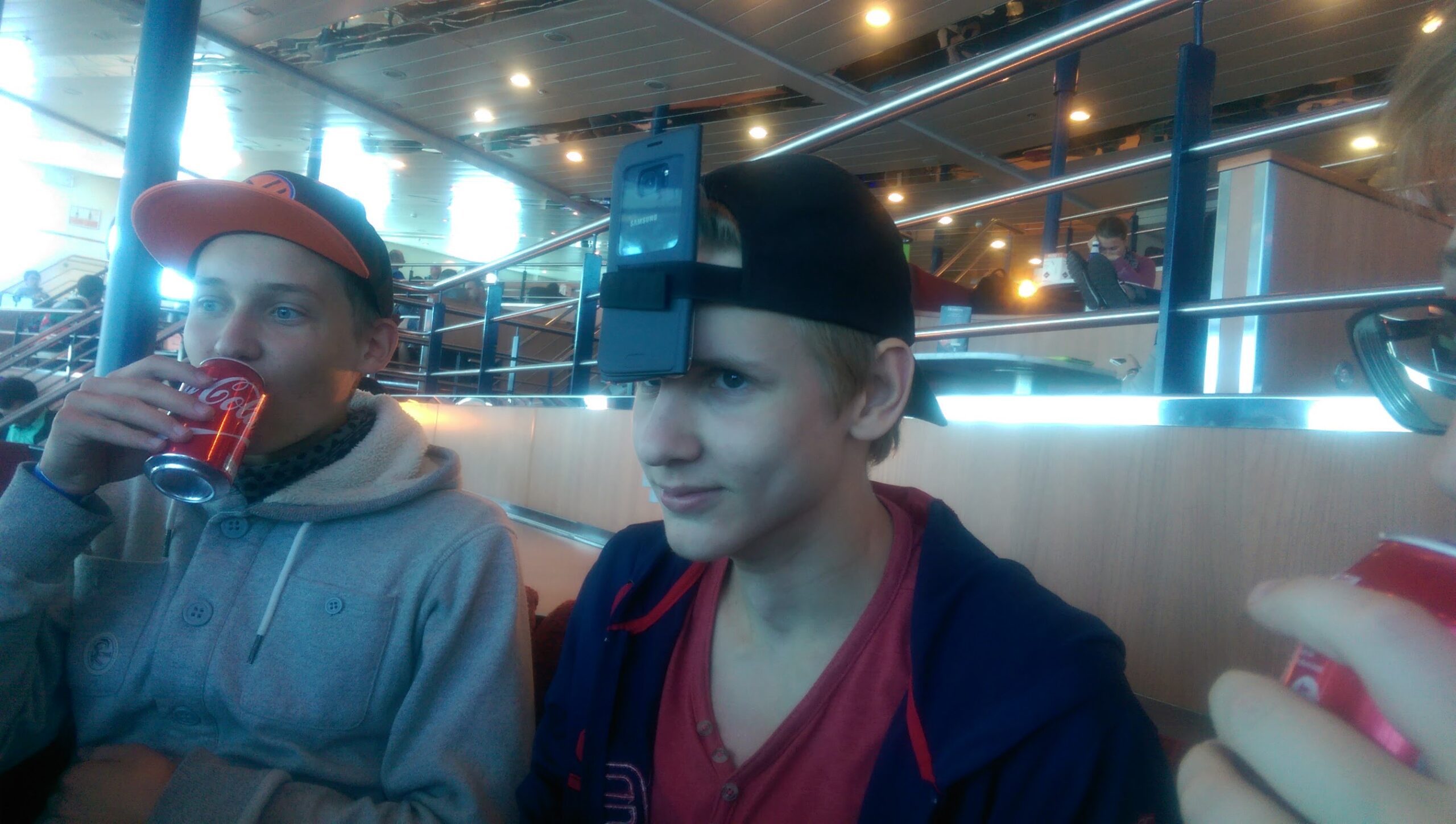
A few shots of the legendary Superstar. Unfortunately the quality has deteriorated due to the age of the pictures. It might be nostalgia, but the view from the front was a much bigger deal back in the day..
Viking Line
The name Viking Line first began to be used in the 60s as a joint venture between 3 Finnish and Swedish shipping companies. By the 21st century, two of them had either gone out of the business or left the venture, to the point that there was only one company left with the name, who adopted it for themselves. Viking Line operates several routes between Finland and Sweden, but just one to Estonia: the route between Tallinn and Helsinki with its fastest ship: M/S Viking XPRS, pronounced “express”. Similar to Eckerö Line, they operate 3 departures per day and use terminal A in Tallinn, but in Helsinki they use the Katajanokka terminal to the east of the city centre. This terminal was first used in 1977 for trips between Helsinki and Travemünde in West Germany operated by the gas turbine ship Finnjet. Over the years, the terminal has changed owners and been expanded and as of today is the base of operations for Viking Line in Helsinki, with routes to Tallinn and Stockholm. From a passenger experience standpoint, the terminal is closer to the city centre and has a more frequent tram service. There’s also plenty of seating and the terminal has facilities for boarding Viking XPRS on decks 6 and 7. So I suppose my only complaint about the terminal is that there aren’t more ships using it.
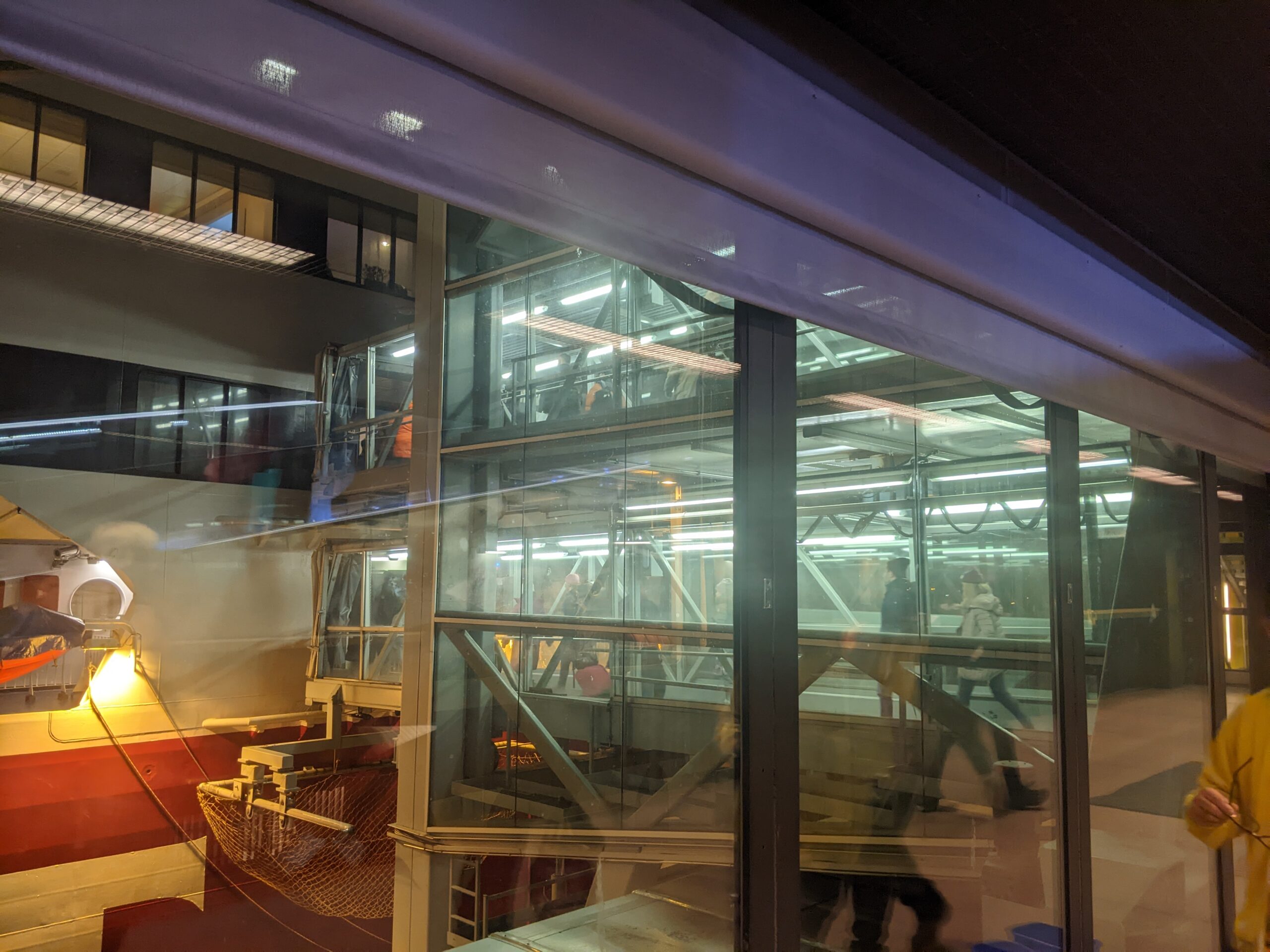

Recommendations for passengers
Unless price is a very important factor, I would go for Tallink, both Megastar and Mystar provide a quick, comfortable and relaxing journey. The standard fares are about 30-50% more expensive than the competition, but with promotions for day trips and their Club One loyalty card they are very competitive considering the quality. For cheaper options, there is and always has been Eckerö Line and now Tallink’s Star as well. Viking Line however doesn’t seem to have anything going for it: the ship is mediocre, the prices aren’t any lower, and the difference in terminals at Helsinki is not enough to differentiate it. There is however one last thing to consider: overnight cabins. Viking Line is the only operator to allow for passengers coming from Helsinki on the last departure of the day to book a cabin for the night in Tallinn. Tallink provides the same service on the opposite direction on Megastar, but currently does not offer it in Tallinn. However, there are limited circumstances where this service is useful: you must leave the ship by 6 am, and there’s really nothing to do in the city at this hour, and check-in for most hotels opens at 3 pm. If one does need it however, Viking Line would be the way to go.
